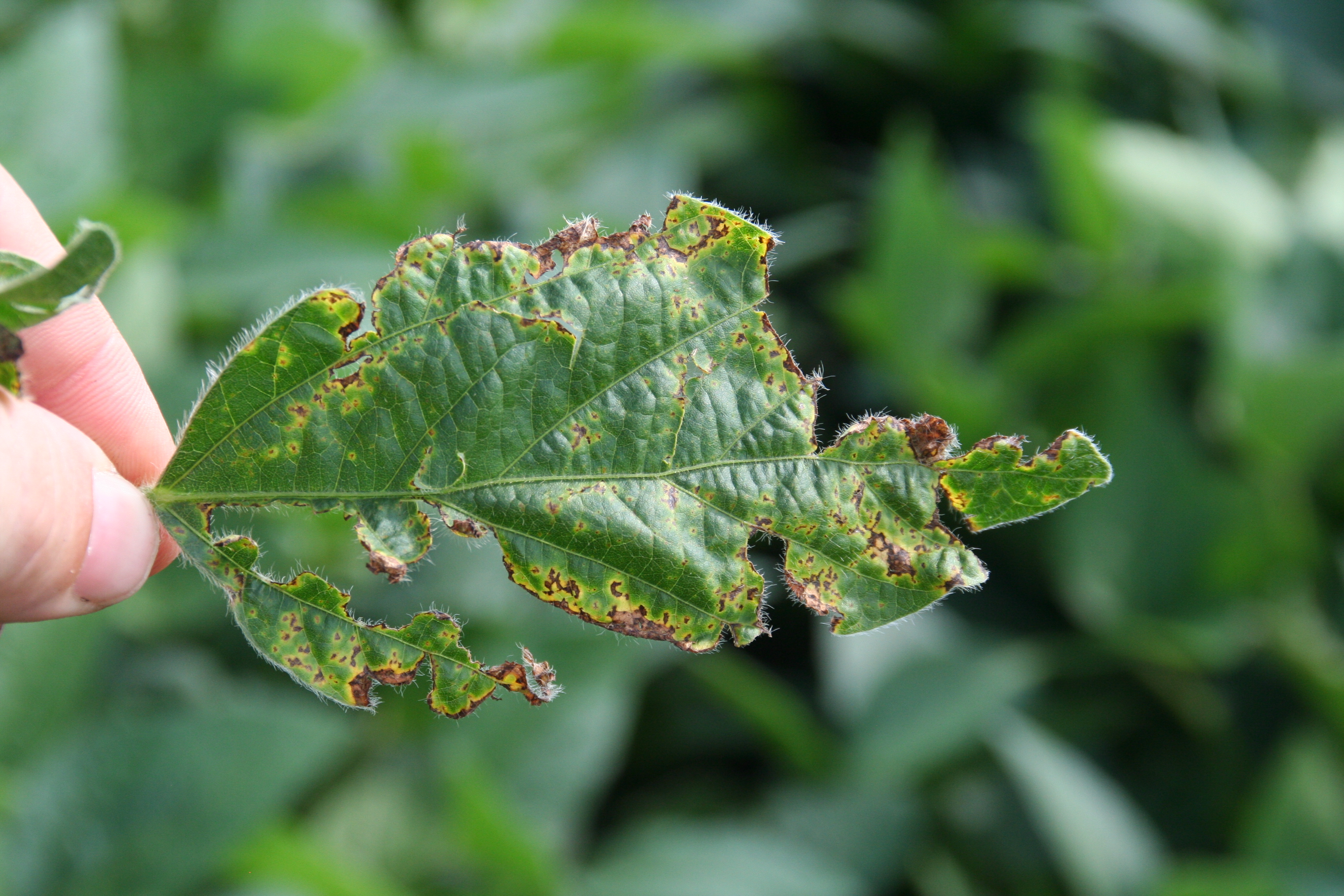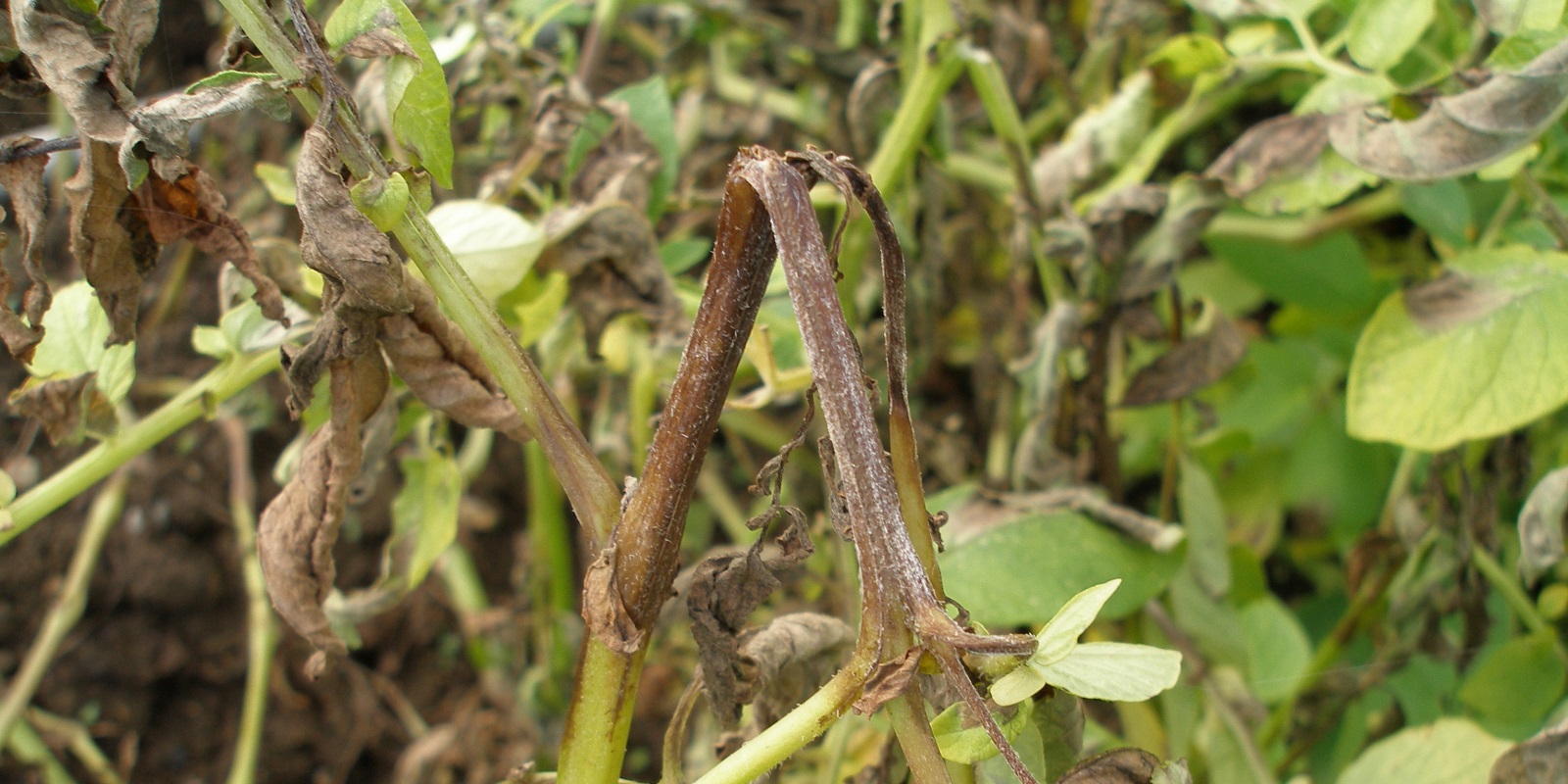

In California, make no more than one application of fungicides with mode of action group numbers 1, 4, 9, 11, or 17 before rotating to a fungicide with a different mode of action group number for fungicides with other group numbers, make no more than two consecutive applications before rotating to fungicide with a different mode of action group number. A plant disease is defined as anything that prevents a plant from performing to its maximum potential. Fungicides with a different group number are suitable to alternate in a resistance management program. Group numbers are assigned by the Fungicide Resistance Action Committee (FRAC) according to different modes of actions. Infections go unnoticed on green fruit and as fruit ripens depressed circular. The longer of two intervals is the minimum time that must elapse before harvest. Anthracnose fruit rot is a soil-borne disease that affects ripe tomato fruit. (PHI) is the number of days from treatment to harvest. Fungicides are also available that are effective in controlling it. 36 The disease can be avoided in most cases by using disinfected seed. The foliar disease late blight is caused in celery by the fungus Septoria apiicola. alternata) Alternaria leaf spot on cole crops Alternaria blight (A. QUIROS, in Genetic Improvement of Vegetable Crops, 1993 Late blight. Treatment until the treated area can be safely entered without protective Alternaria leaf spot on tomato Alternaria stem canker (A. The disease spreads rapidly and can cause the potato plants leaves and stems to turn black and rot, resulting in crop failure. Interval (REI) is the number of hours (unless otherwise noted) from NAME (NUMBER 1): Dithiocarbamates and relatives (M3) NAME (NUMBER 1): Quinone outside inhibitor (11)/Cyanoacetamide (27) NAME (NUMBER 1): Chloronitriles (phthalonitriles) (M5) NAME (NUMBER 1): Succinate dehydrogenase inhibitors (7)

The bacteria infect blossoms and can spread through the vascular system and infect other parts of the tree, including shoot tips, fruits, stems, and the rootstock (Figure 1). NAME (NUMBER 1): Quinone outside inhibitor (11)ĬOMMENTS: Do not apply more than 2.88 qt per season. Fire blight is a devastating bacterial disease of apples, pears, and other pome fruits, caused by Erwinia amylovora. Always read the label of the product being used. When choosing a pesticide, consider information relating to the pesticide's properties and application timing, honey bees, and environmental impact. The following are ranked with the pesticides having the greatest IPM value listed first-the most effective and least likely to cause resistance are at the top of the table.

Not all registered pesticides are listed. All rights reserved.Pesticide precautions Protect water Calculate VOCs Protect bees It can live in the roots of the rice plant without showing any symptoms and. USDA is an equal opportunity provider and employer. This disease is transmitted through the seeds, flowers, leaves and residue of crops. To file a complaint of discrimination write to USDA, Director, Office of Civil Rights, 1400 Independence Avenue, S.W., Washington, D.C. (Not all prohibited bases apply to all programs.) Persons with disabilities who require alternative means for communication of program information (Braille, large print, audiotape, etc.) should contact USDA's TARGET Center at (202) 720-2600 (voice and TDD). Department of Agriculture (USDA) prohibits discrimination in all its programs and activities on the basis of race, color, national origin, age, disability, and where applicable, sex, marital status, familial status, parental status, religion, sexual orientation, genetic information, political beliefs, reprisal, or because all or a part of an individual's income is derived from any public assistance program. These resting spores have yet to be found in the UK, but analysis of the recent genetic variations in blight strains occurring on potato crops in some parts of.

Climatic conditions, soils, and water management 4. Individuals using such products assume responsibility for their use in accordance with current directions of the manufacturer. Climatic conditions, soils, and water management 2. Reference to products in this publication is not intended to be an endorsement to the exclusion of others that may be similar. This information in this publication is only a guide, and the authors assume no liability for practices implemented based on this information. This publication was developed by the Crop Protection Network, a multi-state and international collaboration of university/provincial extension specialists and public/ private professionals that provides unbiased, research-based information to farmers and agricultural personnel.


 0 kommentar(er)
0 kommentar(er)
